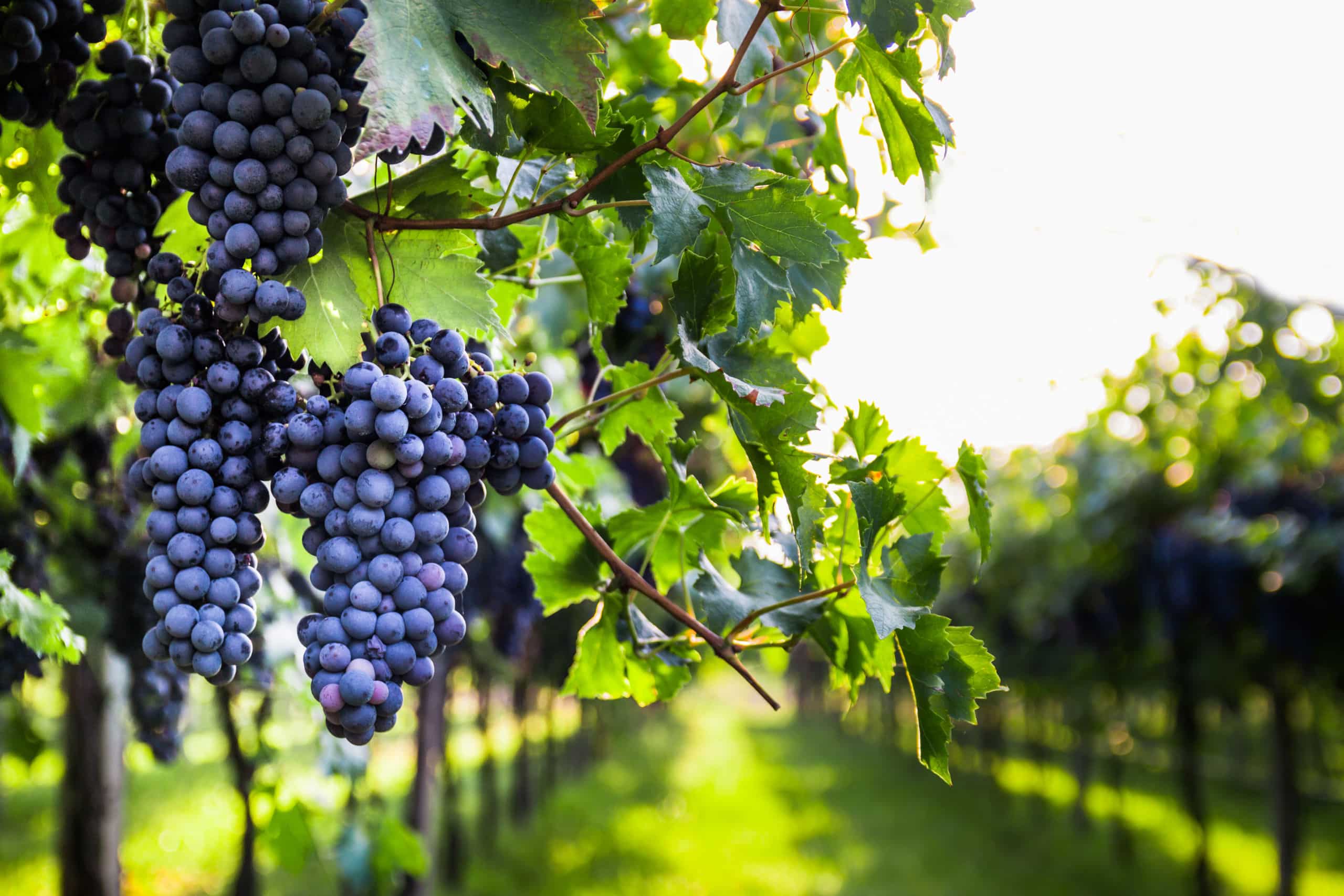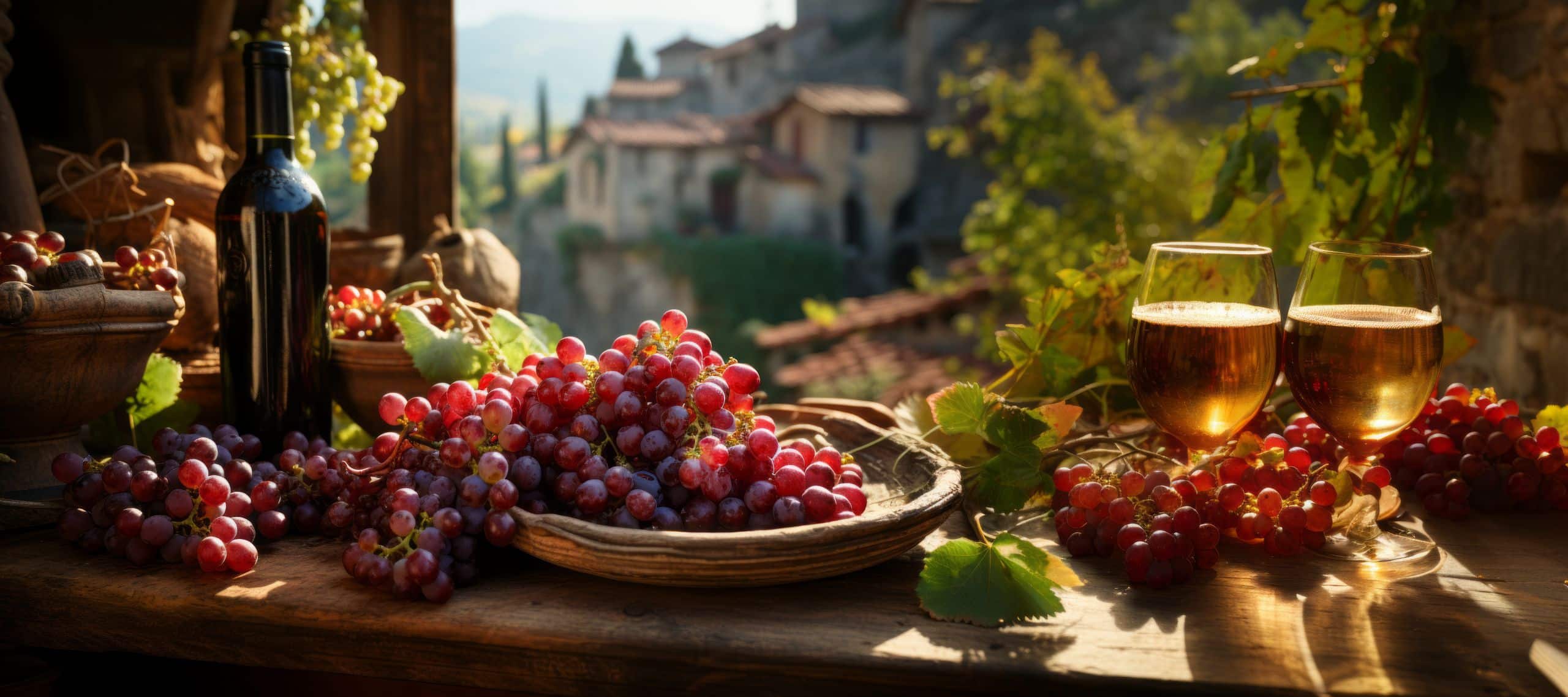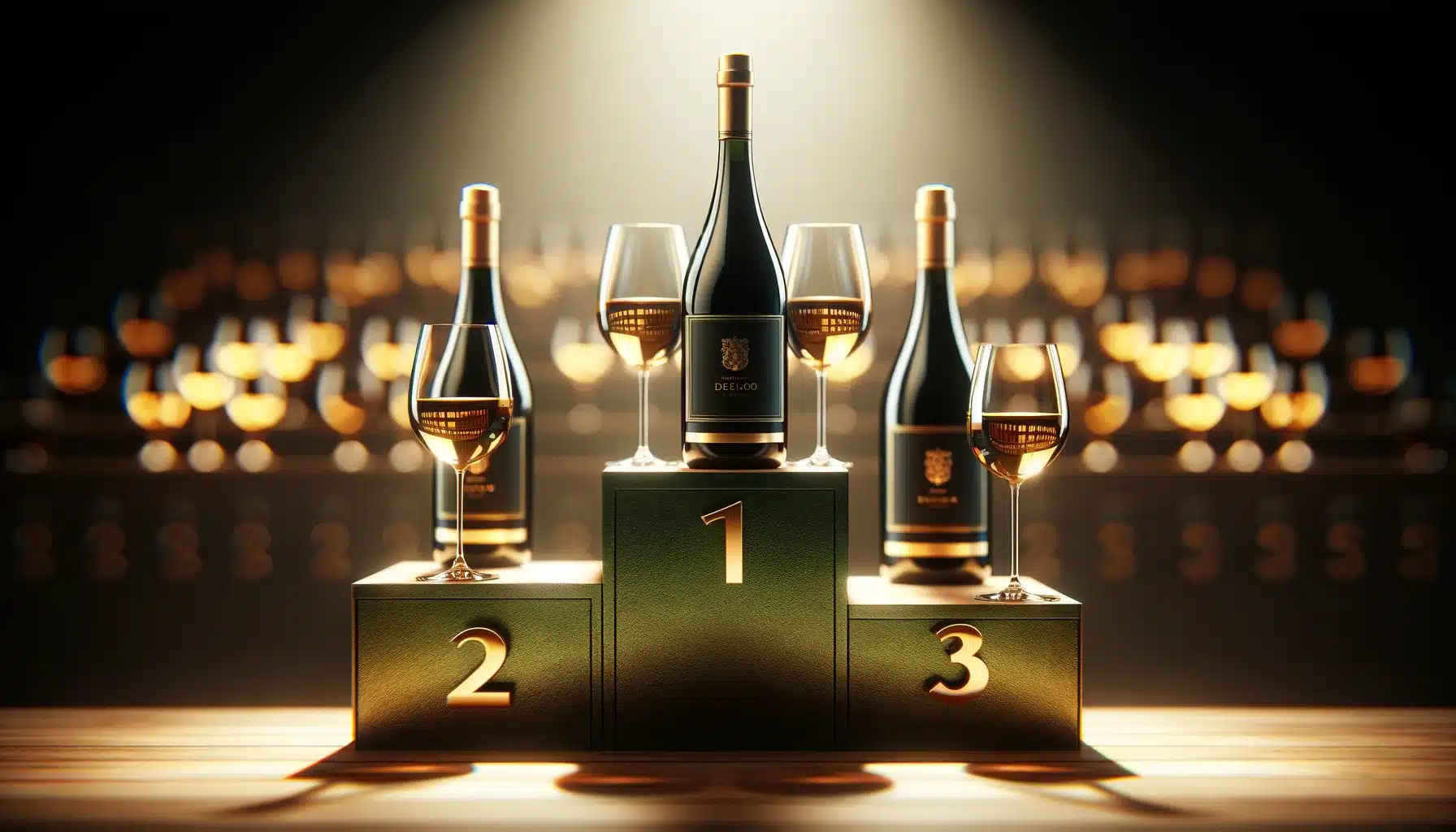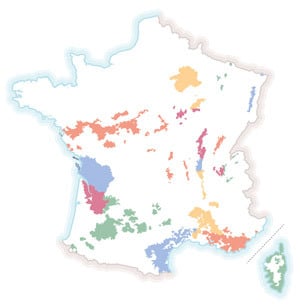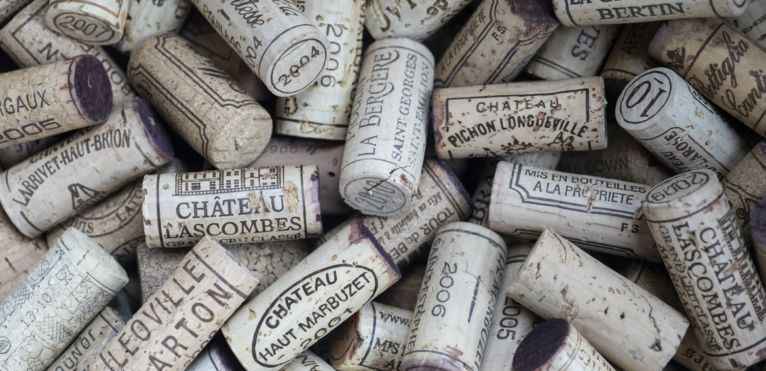
Contents
As its name implies, a second wine is the second cuvée, the second brand, from a winery in the same appellation as the main wine (often referred to as a “grand vin” or “cru” or “premier vin”).
A story from Bordeaux
Most of the time, it’s the classified châteaux in the Bordeaux region that produce this type of cuvée, to differentiate them from their 1855 cru classé (or another classification such as Saint-Émilion). Historically, second wines were even reserved for Bordeaux crus classés. With the price of Bordeaux’s great wines skyrocketing in the 1980s, the introduction of second wines quickly became a necessity to keep vintages affordable.
Today, second wines can be found in the Rhône Valley with the La Petite Chapelle cuvée since 2001, from the La Chapelle de Jaboulet estate. In the Burgundy vineyards, producers generally prefer downgrading to marketing a second wine.
Character and quality
Generally speaking, Bordeaux second wines are made up of cuvées that are not of sufficient quality to be included in the composition of a first wine. A second wine is therefore a “reduced model” of a great wine, with less complexity, power, persistence, finesse and ageing potential.
However, many second wines are highly prized, as on the Chinese market, and are sometimes even the subject of speculation. For example, Lafite Rothschild’s second growth, Les Carruades de Lafite, is just as popular as the premier cru classé. Château Latour’s Forts de Latour and Châteaux Margaux’s Pavillon Rouge are also second wines of extraordinary quality.
Photo by Jean-Luc Benazet / Unsplash
